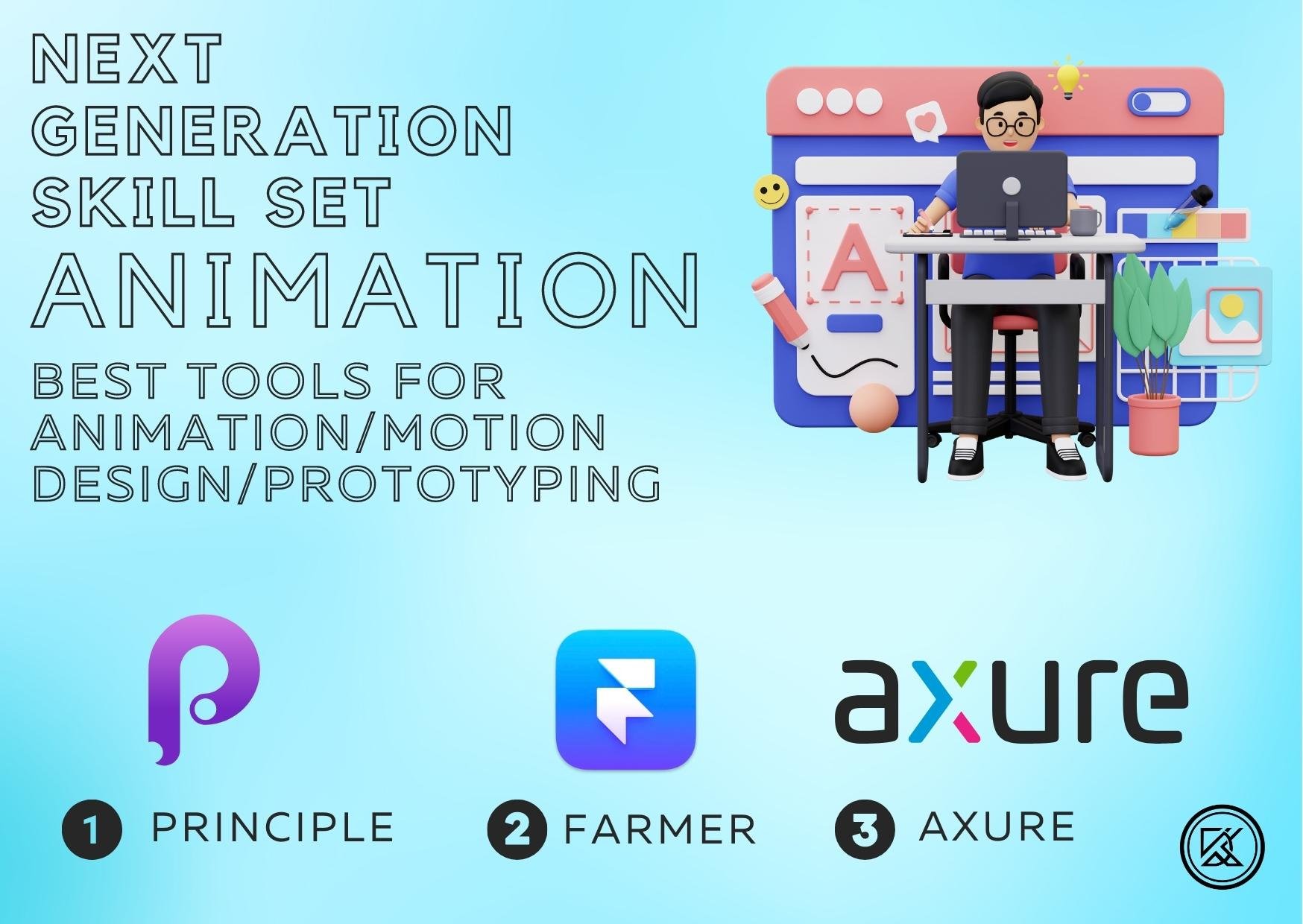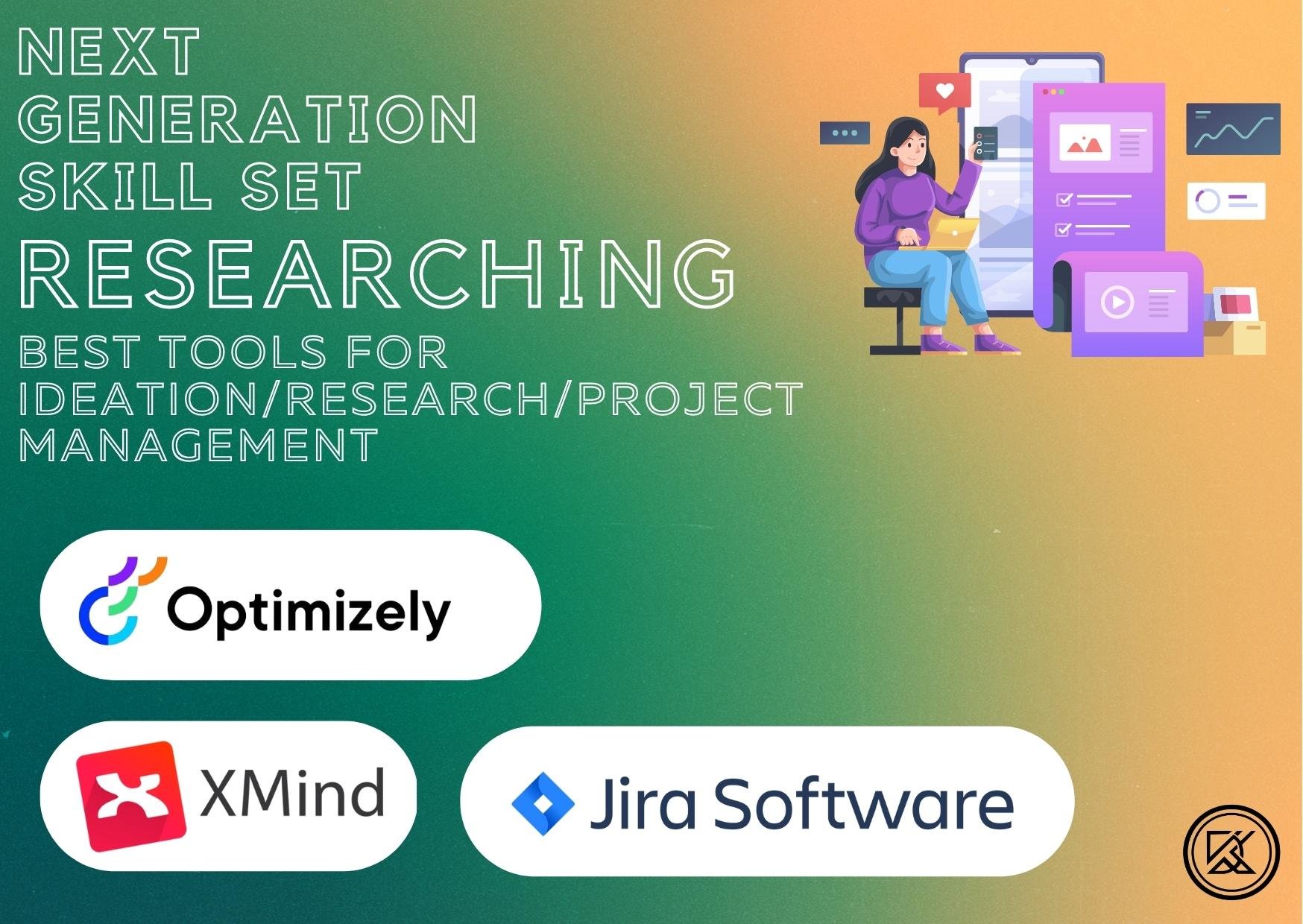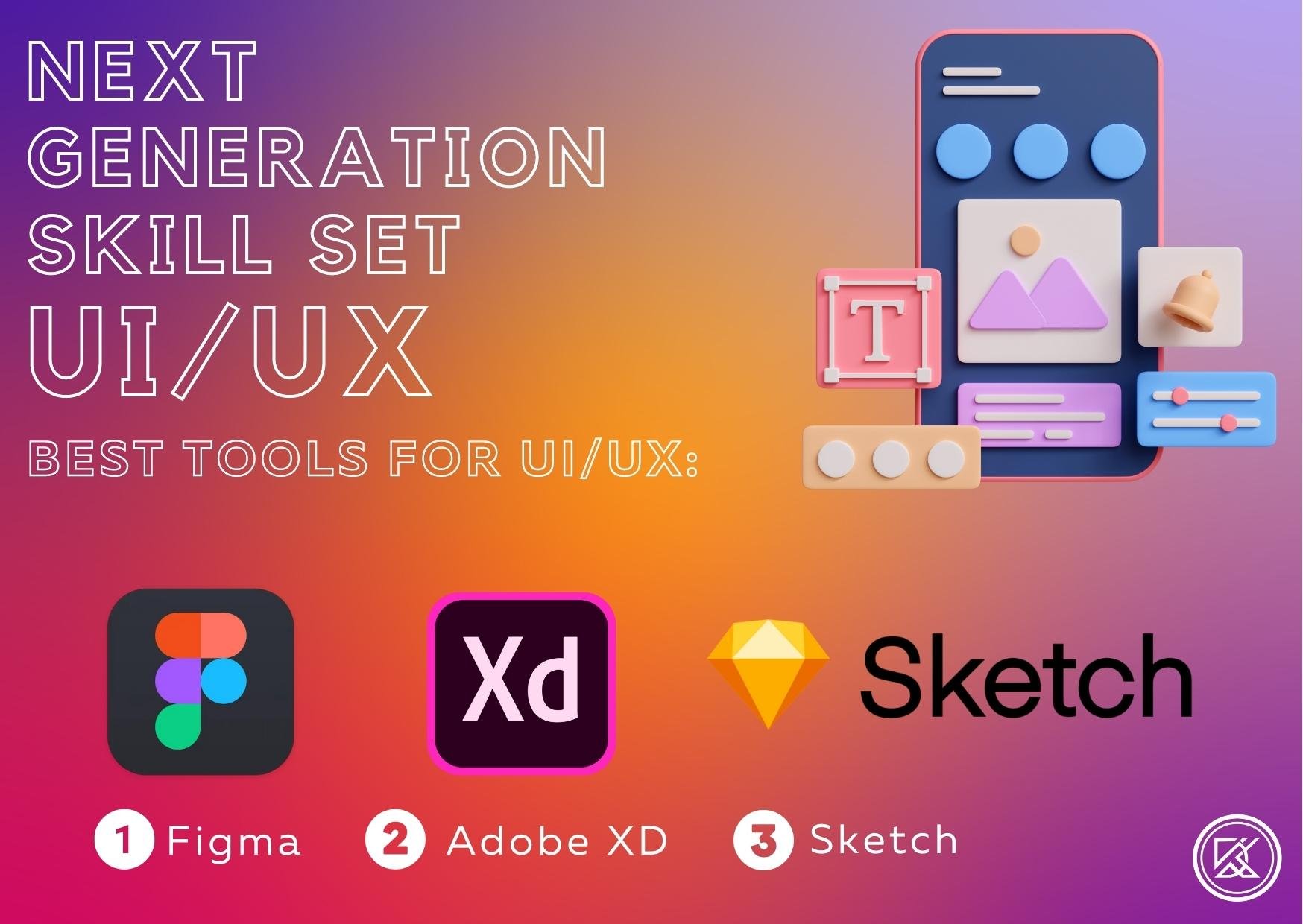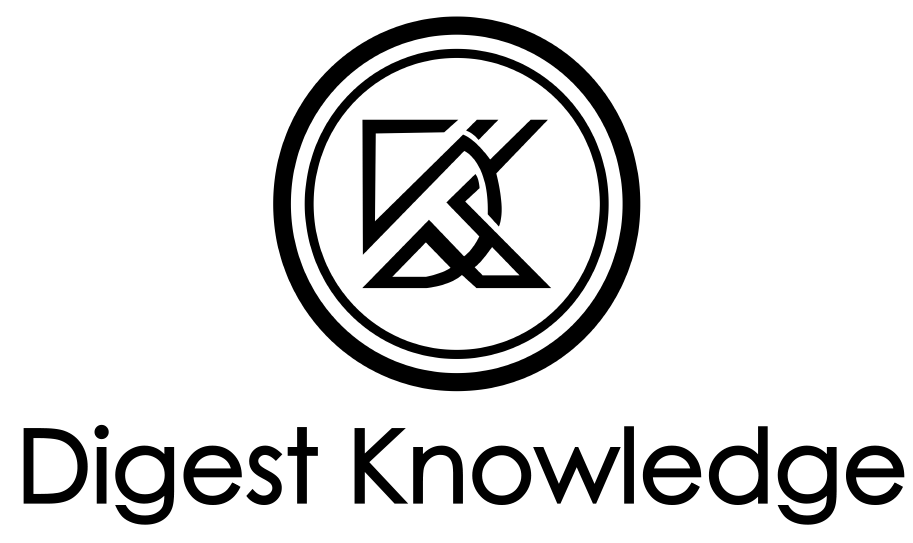Next Generation Skill Set: Product Designing
What is a product design, and why is it important?
“Product” and “design” are individually different terms, but designing a product means identifying real-life problems and designing a solution. In the end, solutions are provided through products when the time comes. Now, why do we need product design? Assume you have purchased some medications to help you recover quickly from your illness. However, none of the medications assist in treating your illness. So what is the point of taking medications? If your medication does not help you recover from illness, it does not serve its purpose. A product must be used for what it is intended for. If not, it is a waste. In the end, product design connects users and products to build brands that do well.
What are the different kinds of jobs in product design?
UX Designer: Interaction or UX designers look at how people act and how an app could meet user needs that have already been identified. The job of UX designers is to make user interfaces that are easy to understand and use. These people can create and iterate on solutions faster than most.
Graphic Designer: Graphic or visual designers do what everyone who is not a designer thinks all designers do. Most of the time, graphic designers work with pixels because the size of each pixel is important for perfect alignment. They create beautiful masterpieces of color and depth as they toe the line between positive and negative space.
Motion/Animation Designer: The cool ones are motion or animation designers. These guys get the credit if you are oohing and aahing over that slick menu transition or the way that awesome loading animation comes alive.
User Researcher: User Researchers are the real champions of users’ needs. They directly dive into the mind of your customers. They ask difficult questions and take all the demanding answers. User Research gets to the bottom of everything. The main priority when developing a product is “the user is always right.”
Data Analyst: Data Analysts are the scientists of Product Design. They manage A/B tests and live products, collecting and making sense of enormous amounts of data. They are experts at establishing correlation and cause. These are the guys who announce the winning concept. The verdict comes from a jury of millions of users.
Prototyping: Prototypers easily and quickly create interactive experiences. This is an essential step in the process of developing a product. Prototypes enable us to test our ideas quickly and cheaply. From fifteen potential solutions to five to three in a matter of days or even hours only happens in the prototyping part.
Product Strategist: Strategists are the ones who, at the end of the day, answer the question, “Why are we doing this?” They identify the business value behind every decision. Understanding why you are building something is essential if you want it to be successful in the end.
To tell the truth, these have all been individual roles. However, they are also all necessary components for an individual product designer.
What is the product design process?
The product design process is a series of steps used by a product designer and their team to create a product. It offers a structure for defining the product’s vision, investigating the competition, locating users and their problems, and designing and testing solutions. The procedure keeps the product team on track and simplifies everyone’s work.
In most cases, the following steps will make up a reliable product design process:
Defining the product
Research, research, research
User analysis
Ideation
Designing the product
Testing and validation
Post-launch
This link may be helpful if you would like more information on the process: https://medium.com/user-experience-design-1/content-in-the-design-process-articulating-our-role-8a3d882a5550



How to become a product designer
The meat of the discussion is about to be presented. You now know that designing a product is not something you can start and finish in a single moment. And it is not like I am saying this is the world’s toughest job. Instead, product design is fun to do. You will go through a lot of user research and discover things no one could have imagined before. So what you can do is -
Step 1: Learn to a “T”
The vertical bar in the shape of a “T” stands for in-depth expertise in a single area of product design. So, if you work in any of the jobs mentioned above, you might consider yourself an “I.” You need only expand the breadth of your knowledge.
Step 2: Make design thinking a habit
Design thinking is a method of creating things that people will use. It is about understanding a user’s needs, designing things that speak to those needs, and testing those designs to ensure they work. It is a mindset that puts a product’s users—human beings—right at the center of the whole process.
Find more about design thinking here:
https://www.interaction-design.org/literature/article/what-is-design-thinking-and-why-is-it-so-popular
Step 3: Learn the tools of the trade
You can say, “Tools are the game changer.” Ultimately, tools are why your design just took on a digital form.
For UI, the big players are:
Tools for Motion Design, Animation, and Prototyping:
Tools for ideation, research, and project management:
Optimizely for A/B testing
Xmind for mind mapping
Jira for product management
Step 4: Take a product design course or bootcamp
As you embark on your product design journey, it is important to remember that there is always more to learn. From mastering design fundamentals like layout, composition, and color theory, to diving into the psychology and business aspects, the possibilities are endless. Even seasoned designers constantly strive to improve.
So, if you have reached this point, it is the perfect time to consider taking your learning to the next level with a formal course or bootcamp.
With your updated skill set in product design, you are all set to kickstart a journey of creativity and new ideas. As you put what you have learned into practice, there are endless possibilities - so go ahead with confidence and create something amazing. The field of product design is ready for your fresh outlook and creative flair.




